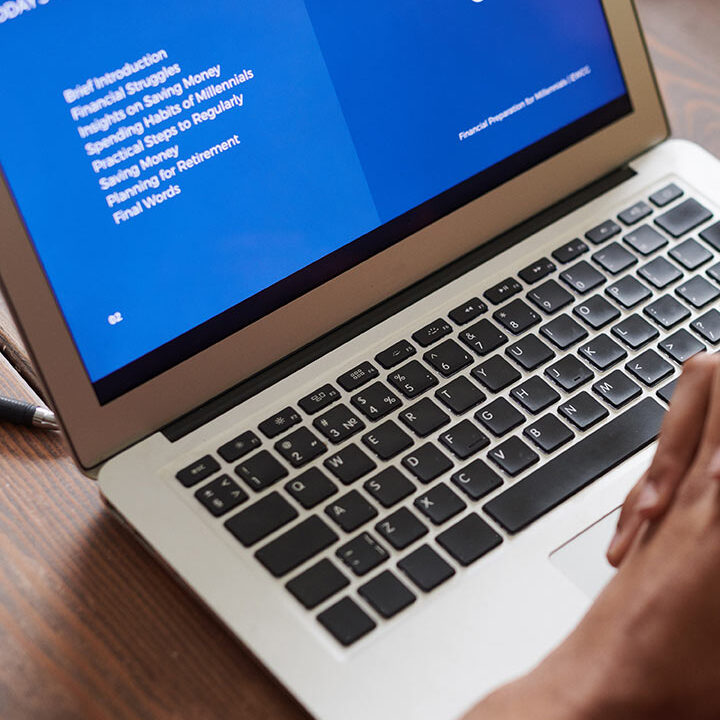AI’s Dark Side: How Cyber-criminals Are Using Artificial Intelligence Against Your Business
Artificial Intelligence is reshaping industries at breakneck speed. While its potential is exciting, it also opens the door to new cybersecurity threats. Cybercriminals now wield the same powerful AI tools, making it more important than ever to stay informed and protected.
Below, we explore three major AI-driven threats and how your business can defend against them.

Deepfake Scams: When Video Calls Become a Trap
AI-generated deepfakes are becoming alarmingly realistic—and hackers are using them to trick employees in high-stakes social engineering attacks.
Real-world example:
A cryptocurrency employee joined a Zoom call featuring deepfake videos of company executives. These fake voices instructed the employee to install a Zoom extension, granting microphone access and potentially exposing the organization to a cyberattack allegedly linked to North Korea.
How to protect your team:
- Watch for unnatural facial expressions or awkward pauses.
- Be cautious of inconsistent lighting or audio delays.
- Always verify identities through secondary channels.
AI-Powered Phishing: Smarter, Sneakier, and More Dangerous
Phishing emails are no longer riddled with typos. AI now helps attackers craft polished, convincing messages that bypass traditional filters.
What’s changed:
- AI tools translate phishing campaigns into multiple languages.
- Messages appear professional and personalized.
- Links and landing pages mimic legitimate sites.
Defense strategies:
Use email filtering tools that detect behavioral anomalies.
Enable Multifactor Authentication (MFA) to block unauthorized access.Train employees to recognize urgency cues and suspicious links.
Fake AI Tools: Malware Disguised as Innovation
Cybercriminals are capitalizing on AI’s popularity by distributing fake tools loaded with malware. These scams often surface during major events like Black Friday or viral tech launches.
Case in point:
A TikTok account promoted unauthorized “ChatGPT hacks” using PowerShell scripts. Security researchers later discovered it was a front for malware distribution.
Stay safe by:
- Verifying all AI tools with experts like bva.
- Avoiding downloads from unofficial sources or social media.
- Reinforcing cybersecurity awareness across your organization.







